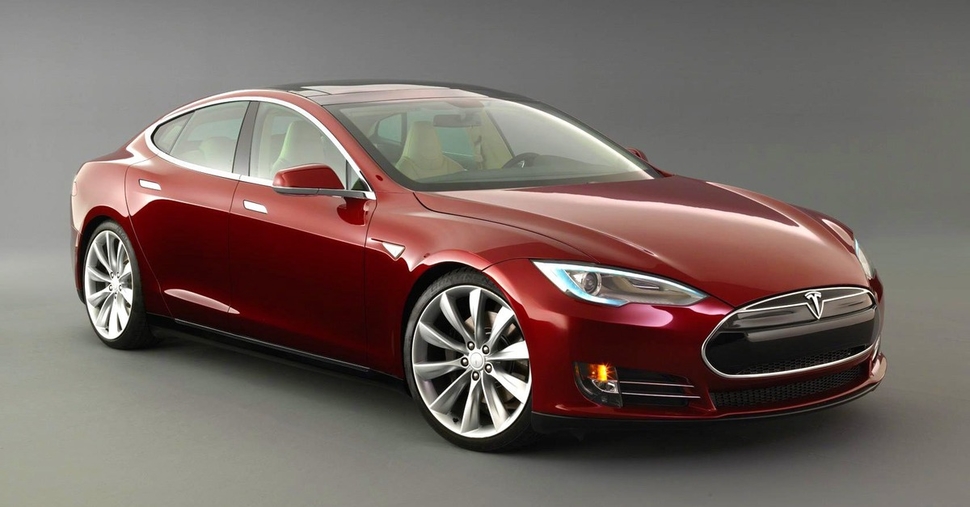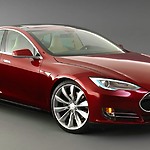Whenever a ‘sensitive’ innovation comes about, for example genetic modification or sending humans one a one-way trip to Mars, people freak out. This negative attitude towards radical changes can have truly damaging effects, for example the hydrogen cell powered car being an innovation failure due to the bad public reception. Therefore, one must consider the societal mindset before setting off to create a radical innovation – incremental innovations, on the other hand, are much more easily acceptable.
A really interesting demonstration of this principle can be seen in the electric car industry – the concept itself has been around for a very long time, almost 200 years! It initially had a bad rep since it was ‘too easy to operate’ for the gentlemen of that period of time, hence the internal combustion engine prevailed (range was also extremely short, battery technology was only being developed at the time). Since then there have been many attempts at making an electric car, which usually ended up failing, due to a simple reason – they were too funky and bizarre-looking. Tesla, the car manufacturer, managed to popularize the electric around a decade ago, by making the design very conventional, something people are used to seeing, one might call it ordinary. Their latest models look like any other car, albeit debatably with more thought put into its design. They have been a huge commercial success, because the general population is more likely to buy something not ‘out of the norm’. The funky-looking ones still sell (in limited quantities), but it’s mostly for the wow factor.
Tesla is selling thousands of cars due to their more traditional approach to design
This creates a very harsh environment for radical innovations, something Microsoft has experienced in the early 2000’s when they launched their first tablet computer, a concept which Apple popularized 10 years later! So, a radical innovation, which was the result of billions of dollars of investments, resulted in a commercial failure. Some say the reason iPad took this commercial success years later boils down to its aesthetic design and user-friendly interface, which is worth a mention.
The biggest problem with this societal reluctance to accept radical innovations is that some ideas cannot be expressed through the parallel incremental innovation. The question arises then, how do we make sure that a revolutionary innovative ideas are not overlooked by the public, and how do we guide them to success?
In essence, the answer is pure marketing. An innovation or a concept is as good as its marketing campaign! In order for the end consumer to ever get to know about something previously unknown to them is through a strategic marketing campaign. This is open to reader’s interpretation, as results of different strategies vary. Airbnb, which arguably revolutionized the renting industry worldwide, started off as a small company spam mailing people who rented apartments on Craigslist (surprisingly, it worked). Apple, with the introduction of the iPad, let the design speak for itself. Another interesting marketing strategy that startups utilize today is to show off their product subtly, without giving much information, and simply wait for the clients to call them back. This works well with very expensive or niche products [dronamics]. So, before you go on to create the ‘next iPad’, make sure you have an equally innovative approach to your product’s marketing – without it your product will likely not leave the paper it has been designed on.
Sources:
https://en.wikipedia.org/wiki/Citicar




